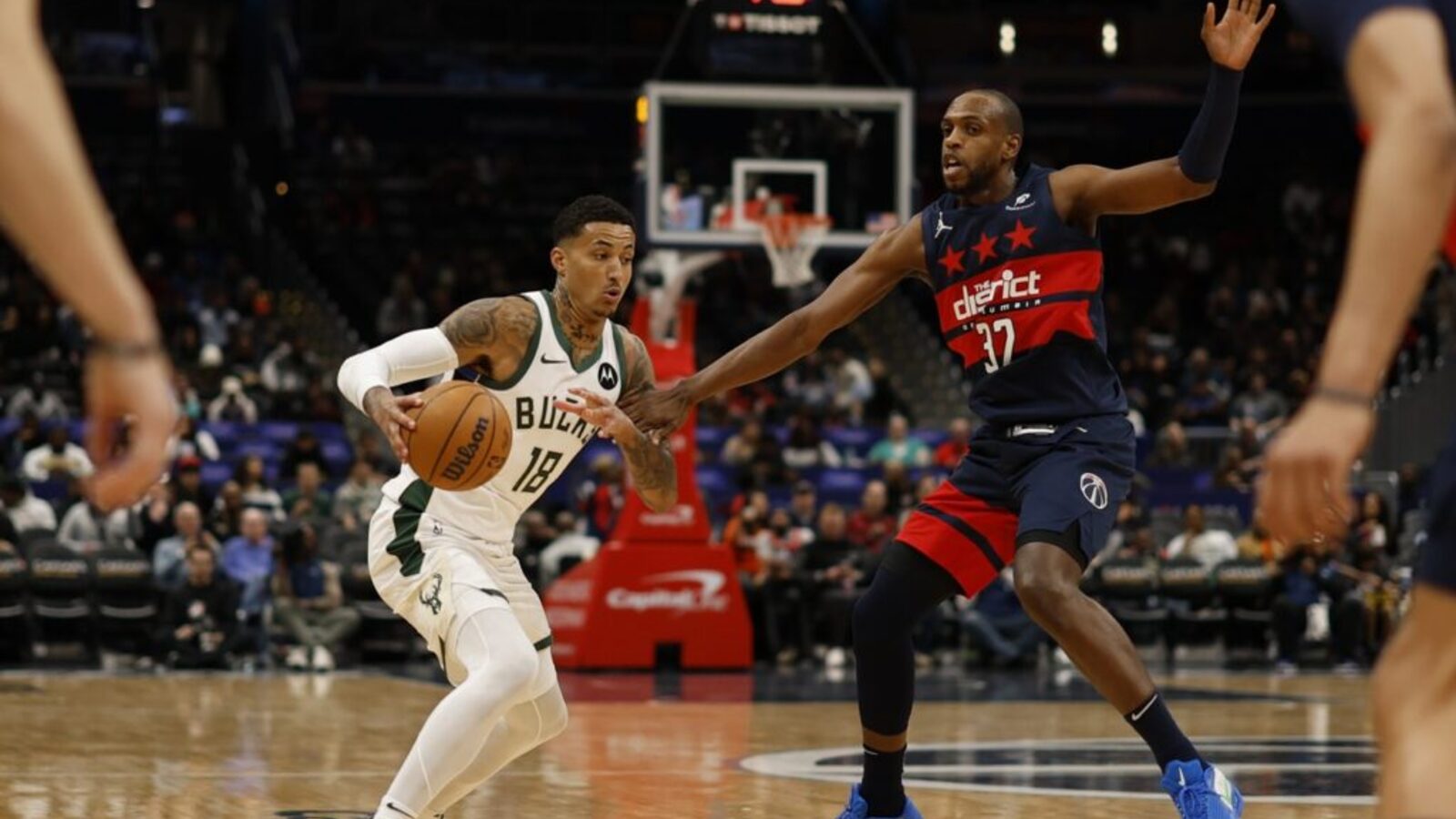Zach McKinstry Is the Swiss Army Knife the Tigers Needed

Before the Detroit Tigers‘ season even started, there was a moment of panic. Matt Vierling, Parker Meadows, and Wenceel Perez, all contributors in last season’s playoff run, were set to start the season on the injured list. Detroit scrambled and picked up Manuel Margot to ease the pain, but he soon joined the others on the shelf. This opened the door for Zach McKinstry to gain more playing time. McKinstry, a utility man the Tigers acquired for a minor leaguer in March of 2023, brought Detroit a lefty bat with versatility but not much offensive upside. Multiple times over the past two seasons, fans, myself included, have predicted McKinstry would lose his roster spot as prospects climbed the system, but the Tigers stuck with the Central Michigan product. Despite brutal stretches at the plate, the Tigers saw value beyond his bat, and it has ultimately paid off. Through games on April 29th, McKinstry ranked fifth in the American League in position player fWAR (1.5), ninth in OPS (.908), second in OBP (.425), fifth in average (.326), and seventh in walk rate (15.0%). All while playing five different positions. When key contributors went down, McKinstry stepped up. No matter what manager A.J. Hinch has asked of him, McKinstry has come through. He’s more than just a fun story, but one of the primary reasons the Tigers are sitting at the top of the AL Central. What McKinstry Brings to the Tigers I’ll admit that I was constantly looking for upgrades and wondering why the Tigers were so reluctant to hold McKinstry, but now I see why. He plays the brand of baseball that Hinch wants from his players and fills a valuable utility role. The Tigers have preached owning the strike zone and making the pitcher earn every single out, and McKinstry has excelled at just that. He currently ranks in the 90th percentile in walk rate while also chasing pitches out of the zone at only a 24% clip. Righty or lefty on the mound, McKinstry is giving the Tigers competitive at-bats and driving the pitch count up. He understands his role is not to hunt home runs but instead to put the ball in play and draw walks. Keep the line moving and get on base to allow those behind him to drive him home. Which brings me to my next point: baserunning. While not a burner, McKinstry uses his plus speed and instincts to help generate runs. According to Baseball Savant, McKinstry ranks in the 95th percentile in baserunning value. His three stolen bases don’t paint the full picture of how well he runs the bases, but if you watch, you see the instincts take over. Another staple of the Tigers’ brand is taking the extra base. First to third and reading a fly ball to know when to break or hold are things that come naturally to McKinstry. We’ll see him utilized on the bases in a different way once the team returns more players from injury and he is utilized in more situations for pinch running. They can afford to leverage him in this way, knowing he will also be a defensive upgrade once the team returns to the field. Since joining the Tigers, the only position at which McKinstry has not logged innings is catcher. No matter where you play him, you can count on at least average, if not above-average, defense. So far in 2025, he’s been worth 2 outs above average, which ranks him in the 89th percentile, while also showing a plus arm. We all know Hinch is one of the more active managers when it comes to in-game substitutions. McKinstry allows Hinch to utilize his bench and put the best available bat in the game, knowing he can shift them to their natural position and move McKinstry anywhere to plug a hole. Hunting matchups late in the game does not require Hinch to be cornered into using an outfielder to hit for an outfielder or an infielder for an infielder. As the Tigers add their injured players back into the lineup, McKinstry will still bring value off the bench. Need a pinch runner? How about a lefty to put the ball in play with runners in scoring position? A ninth-inning defensive substitution? Or, if he stays hot, he can fill in at any position where a player is struggling. Having this type of answer to the game’s more refined questions must help Hinch sleep at night. Even if the bat cools off, value can be found in the intricacies of McKinstry’s game. Will McKinstry’s Hot Start Continue? This isn’t the first hot stretch we have seen from McKinstry. I’m sure we all remember his hot start in 2023, when he had a .775 OPS in April, an .865 OPS in May, then a .636 OPS the rest of the way. Last season, McKinstry lashed .194/.253/.319 in the first half before posting a more respectable .241/.305/.358 in the second half. Right now, McKinstry is seeing the majority of his success against fastballs. He’s hitting .392 with seven of his nine extra-base hits coming off velocity. Against breaking balls and off-speed pitches, he’s posting a 37.2% and 36.8% whiff rate, respectively. Alarming? Yes. However, for someone who works counts and does not chase, McKinstry should be able to see plenty of fastballs and pitches to work his way back into counts. He’s always struggled with breaking balls and performed best on fastballs, which isn’t unusual. McKinstry has historically underperformed compared to his expected stats. Both of the previous two seasons with the Tigers, his expected average and expected slugging were higher than his average and slugging, which is to be expected for someone playing their home games in Comerica Park. So far, McKinstry’s expected average of .273 is well below his .326 average, and his .396 expected slugging is below his actual slugging of .483. All this to say, he is getting a bit lucky, and considering his batted ball data is not drastically different, his numbers will likely trend back toward his career averages. I don’t say this to take away from what he has done. What has happened cannot be taken away, and he has been an integral part of Detroit’s success. Without him, the Tigers would be in a much different place, and like I highlighted above, his value goes well beyond how he swings the bat. Even if, or when, his numbers level off, the Tigers will be able to slide him back to the bench and still have a valuable player. Final Thoughts Stories like this are what make baseball great. A castoff of two other teams, who went to college down the road, gets to play hero in an important stretch of baseball for one of the best teams in the game. And the story is far from over. Not only has his value been seen on the field, but also in the community. The MLBPA announced on Tuesday that McKinstry was named the Most Valuable Philanthropist, which comes with a $10,000 grant to support his charity work. Not only does he help the Tigers, but he helps the community. Teams are always looking for players who provide clubhouse value and do all the little things right, and the Tigers have theirs.















